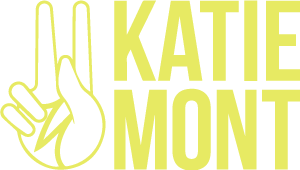Understanding Your Target Audience for Effective Branding
This week, let's dive right into a crucial aspect of branding: understanding your target audience. Knowing who your people are and what they want is key to creating a brand that resonates and gets results.
Let’s dive into some action items you can take to better understand your target audience and connect them with your brand -
Know What Your Audience Wants
You want to start by identifying your audience's needs, desires, and pain points. You can list these out or build them into nifty customer personas complete with made up names. At the end of this exercise, you want to understand the following -
What problems does your product or service solve for them?
How does your product or service fit into their lives?
The more you understand your tribe’s motivations, the better you can align your offerings to meet those needs. Think about their daily challenges and how your brand can provide a solution or add value.
Align Your Brand With Their Needs
Once you know what your audience wants, you need to make sure your brand messaging, visuals, and overall identity reflect those needs.
Are you addressing their pain points directly?
Are you offering something they can't find elsewhere?
Make it clear. Show them not just what you offer, but why they need it. This alignment helps to build trust and credibility with your tribe, positioning your brand as a go-to solution.
Meet Them Where They Are
To effectively reach your audience, you need to be present in the places they hang out.
Are you focusing on the right platforms for your age group and demographic?
For older audiences, this might mean focusing on Facebook, email newsletters, or even print media. For younger audiences, are you looking at TikTok, Instagram, or emerging platforms like Threads? Are you reaching tech-savvy users in online communities like Reddit or Slack channels dedicated to their interests? (Note that these are just examples - where your audience hangs out might just surprise you!)
Knowing where your audience spends their time online (and offline) will help you craft a marketing strategy that engages them where they already are.
Make it Personal
Lastly, don’t forget to personalize your approach. Use the language, tone, and style that resonate with your target demographic. Younger audiences may respond better to a more casual, conversational vibe, while older or more professional audiences might appreciate a more formal and informative style.
By understanding your audience and meeting them where they are, your brand can create a more meaningful connection that drives loyalty and trust.
Until next time,
Katie Mont

